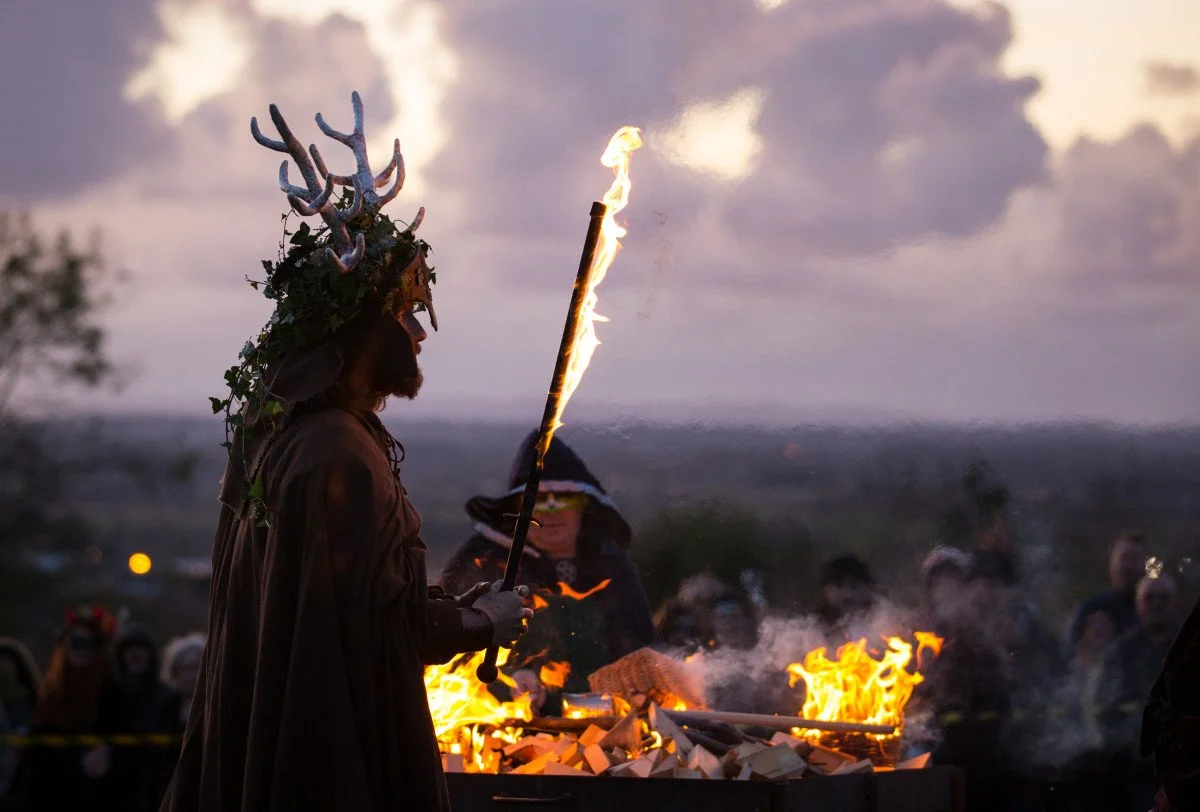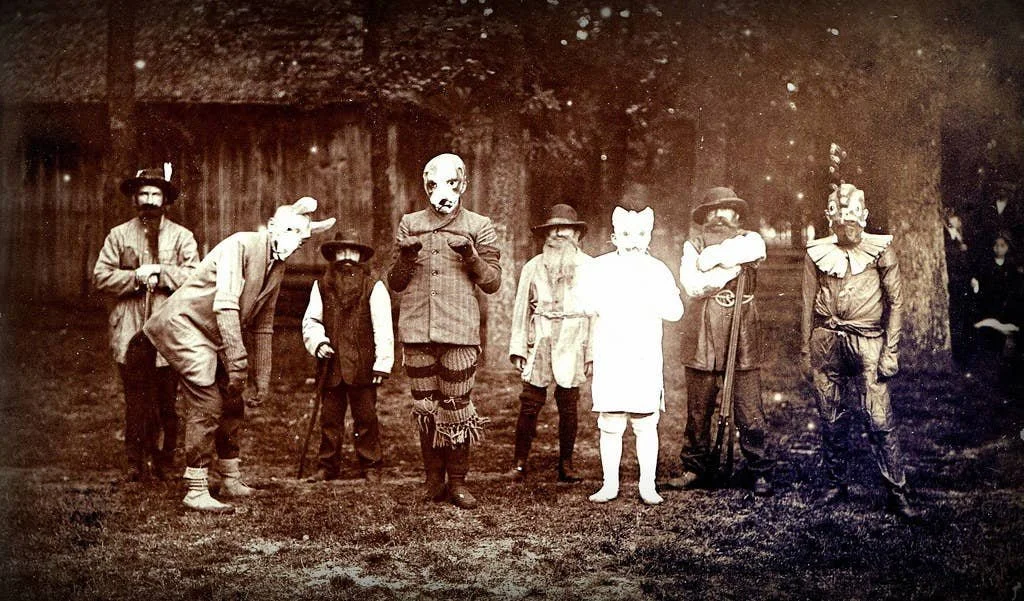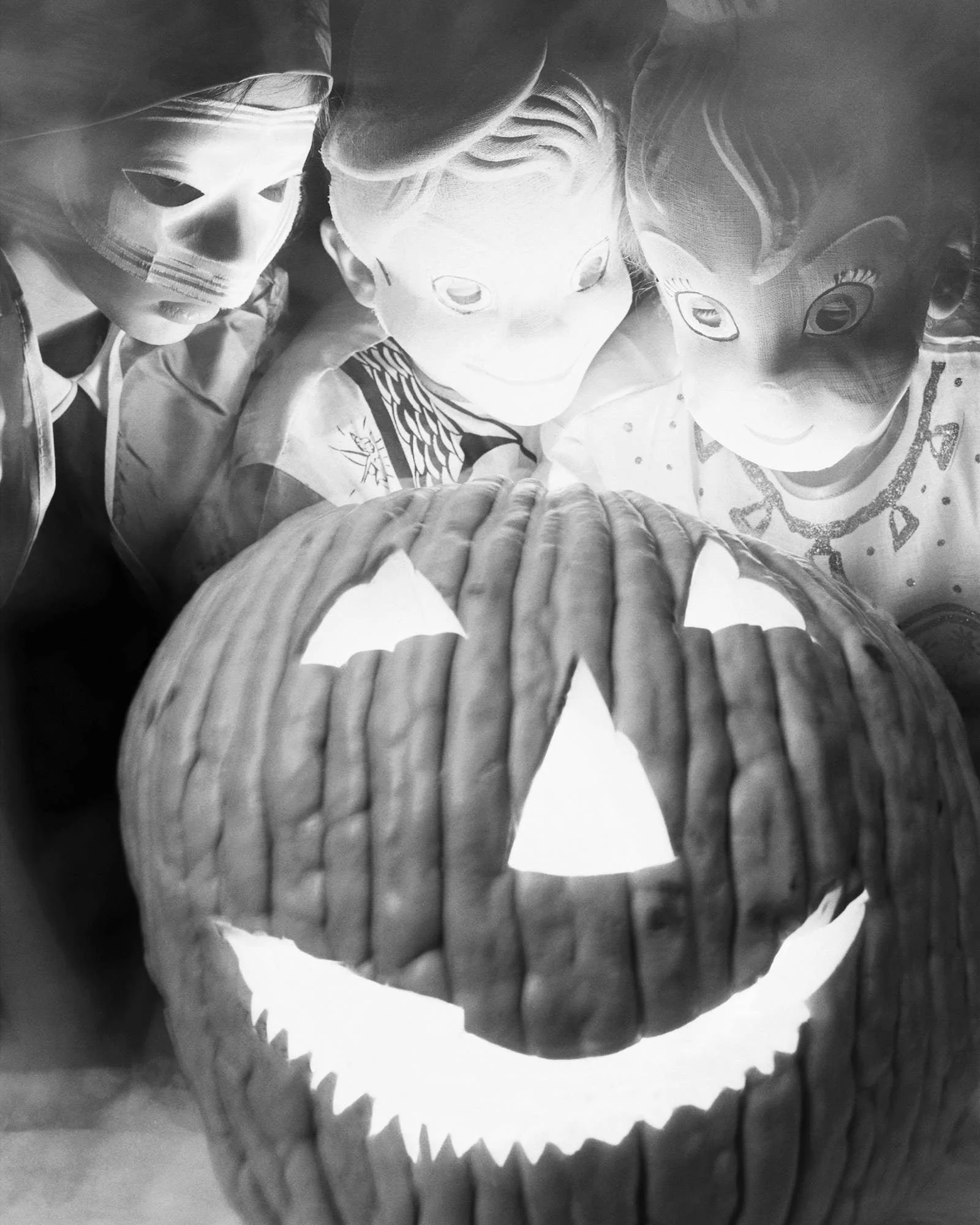History of Halloween
Halloween is the spookiest night of the year. There are costumes, pumpkin carving and trick or treating. What’s not to love? But one of the best things about Halloween is it’s history.
Halloween dates back centuries. Halloween started with the celts around 750BC as a festival called Samhain (weirdly pronounced like sow-in) where people would dress up as ghosts and other such spirits to ward of evil ones. They did this because the time from the beginning of autumn to the end of winter was known as the ‘death’ period where many people would die due to many factors like illness or famine. They believed this was because the line between the worlds of the dead and the living became blurred and it was on the 31st of October that the worlds intertwined.
Later on when the Romans took over the Celts they turned it into a celebration of the gods, specifically the goddess Pomona, the goddess of fruit and trees who’s symbol is an apple. So you can guess where apple bobbing came from.
Once Christianity became a proper thing it began to take over Halloween. Pope Boniface IV had set 13 May as All Saint's Day and it was a day dedicated to the dead. All Saint’s day gradually supplanted Samhain and added parades, more exciting costumes until eventually it spread to America.
America took All Saint’s day and turned it into All Hallow’s Eve (eventually shortened to Halloween) where people also celebrated the harvest by telling fortunes and feasting. Then later on another tradition was formed as kids when around to houses asking for money and sweets. This became trick or treating.
A group of costumed people pose for a portrait, circa 1911. Public Domain
It wasn’t until the 1920s that Halloween as we know it began and the idea of Halloween parties finally started to happen, the parties were originally used as a way of keeping the ‘youth’ for vandalising the towns but nowadays they’re just for fun.
Three masked five-year-olds with a jack-o-lantern in Chicago, 1954. Bettmann / Bettmann Archive
The Halloween tradition of pumpkin carving has its own history and it’s a really dark one at that. The term, “Jack-o’-Lantern” comes from an old Irish folk tale called “Stingy Jack.” Legend has it, that Jack invited the Devil himself to have a drink with him. The thing is, Jack wasn’t called stingy, for no reason. Jack wanted to get away with a free drink, so he tricked the Devil into paying for his drink at the bar! After Jack passed away, he was prevented from moving on to the afterlife as punishment. Jack was cursed to eternally wander the Earth in the dead of night, with only a single coal ember to guide him. Jack would place his light in a hollowed-out turnip, and from that point onward, people began to call him “Jack of the Lantern” or “Jack-o’-Lantern” for short. The Irish began to carve out vegetables in his likeness old Jack and would place the carved turnips outside their houses as a deterrent to keep Jack away, while lighting the way for good spirits. Over time people realized turnips were just too difficult to carve so it switched to our beloved pumpkins we know today.
Halloween has some very weird roots but it’s turned into the great holiday we celebrate on the 31st of October every year.



